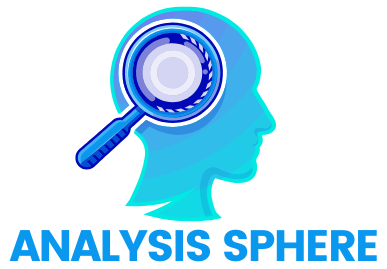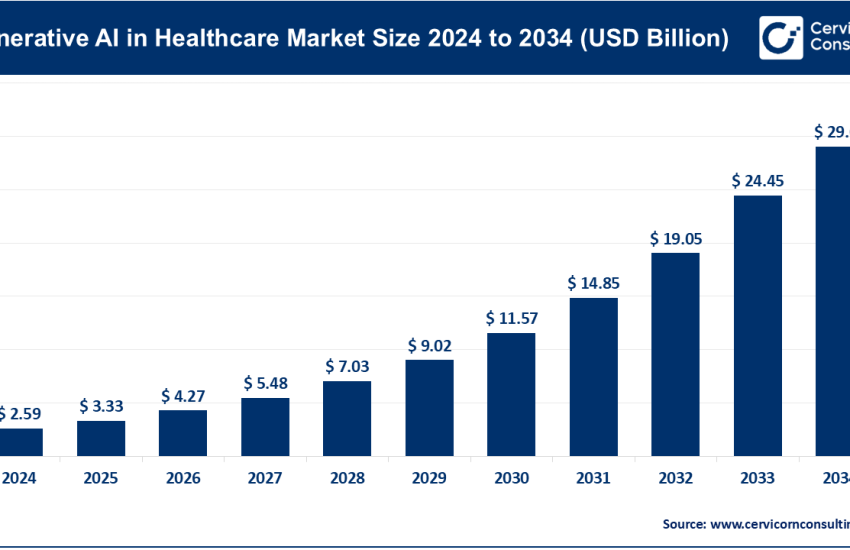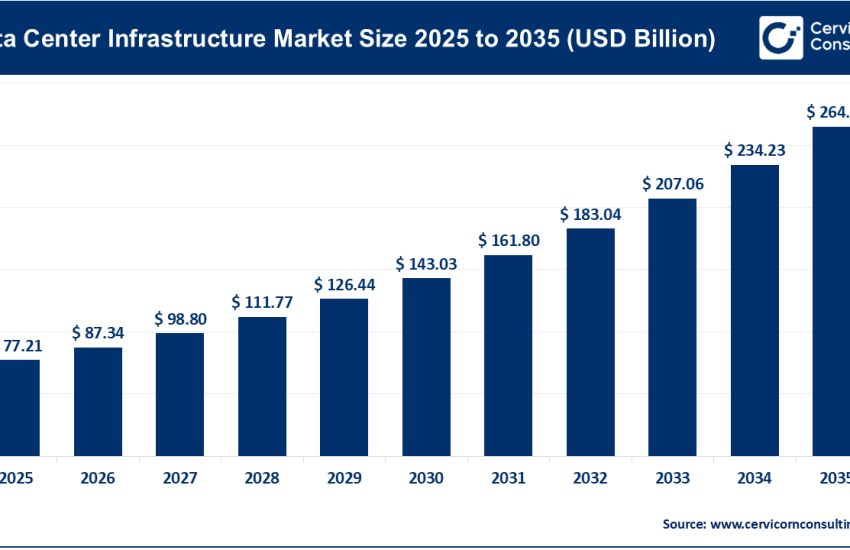Generative AI in Packaging Market Size, Share & Forecast 2025–2034
Generative AI in the Packaging Market Size
The global generative AI in packaging market Size was worth USD 641.26 million in 2024 and is anticipated to expand to around USD 8,539.41 million by 2034, registering a compound annual growth rate (CAGR) of 29.55% from 2025 to 2034.
What Is Generative AI in the Packaging Market?
Generative AI in the packaging market refers to AI systems—primarily deep-learning models such as Variational Autoencoders (VAEs), Generative Adversarial Networks (GANs), and Transformer-based architectures—that automate creative and structural tasks in packaging design, development, and optimization. These AI tools generate novel visuals, structural layouts, material recommendations, and consumer-focused packaging content by learning patterns from large datasets encompassing brand imagery, structural designs, material performance, consumer preferences, and sustainability metrics. Unlike traditional design workflows, which rely on manual iteration and trial, generative AI enables rapid prototyping, multiple design variations, and dynamic packaging personalization—all with enhanced creativity and speed. The result is a shift from intuition-based design toward data- and algorithm-driven innovation that transforms the entire packaging lifecycle.
Get a Free Sample: https://www.cervicornconsulting.com/sample/2643
Why It Matters
In today’s fast-paced consumer goods marketplace, packaging must simultaneously capture attention, ensure functionality, and meet strict environmental targets. Traditional design processes are often time-consuming, costly, and rely on subjective judgment. Generative AI revolutionizes this by:
- Speeding up ideation: A single text or data prompt can yield dozens of packaging concepts within minutes.
- Optimizing materials and cost: AI detects ways to reduce material usage and cost, sometimes achieving up to 20% efficiency gains .
- Enhancing personalization: Brands like Nutella leveraged AI to generate millions of unique jar labels, resulting in a sold-out campaign.
- Ensuring sustainability: AI-driven designs promote recyclable materials and less packaging waste.
- Reducing production errors: Virtual prototyping and simulation using AI minimize costly real-world errors.
These benefits make generative AI a strategic asset not only for consumer appeal but also for supply chain efficiency, regulatory compliance, and brand differentiation.
Generative AI in Packaging Market Growth Factors
The generative AI in packaging market is growing rapidly, fueled by the explosive availability of design and sustainability data, the maturation of AI computing infrastructure, demand for faster and more personalized design processes, regulatory pressure to reduce environmental footprints, and increased investment in digital transformation from packaging firms. Vendors, designers, and consumer goods firms are forming partnerships to harness generative AI’s potential, accelerating deployment via cloud-based platforms and GPUs. With packaging positioned at the intersection of branding, logistics, and environmental stewardship, generative AI is being embraced as a foundational technology to meet modern market demands.
Leading Companies in Generative AI in Packaging Market
Here’s an in‑depth look at five major players integrating generative AI into packaging innovation:
1. Adobe Inc.
- Specialization: Advanced design tools with AI-enhanced generative features
- Key Focus Areas: Generative artwork, 3D packaging mockups, workflow efficiency
- Notable Features: Firefly-powered tools like Generative Fill/Expand in Photoshop and Illustrator, Adobe Dimension for 3D package visuals, robust ecosystem integration
- 2024 Revenue: Adobe’s Creative Cloud (including Firefly) reported ~$17.6 billion in fiscal 2024
- Market Share: Dominant in creative software, Firefly adoption continues to grow
- Global Presence: U.S.-based HQ with strong global enterprise and creative user base
2. OpenAI
- Specialization: Cutting-edge multimodal AI models (DALL·E, GPT)
- Key Focus Areas: Text-to-image generation for labels, branding ideation, packaging copy
- Notable Features: DALL·E X supports nuanced design prompts; integration via APIs for brand workflows
- 2024 Revenue: Estimated ~$1.5 billion from API usage/licensing
- Market Share: Leader in high-fidelity generative modeling
- Global Presence: U.S. HQ, international API users across agencies and brands
3. Midjourney Inc.
- Specialization: Visual-first AI tool tailored for creative exploration
- Key Focus Areas: Consumer-facing visual ideation, rapid concept generation
- Notable Features: Discord-based prompt work, large image community, fast iteration
- 2024 Revenue: Estimated ~$200 million from subscriptions
- Market Share: Among the top platforms for AI-driven visual design
- Global Presence: Community-led global usage, supported via cloud
4. Canva
- Specialization: Accessible design platform adding generative AI
- Key Focus Areas: Packaging templates, text generation, brand-specific customization
- Notable Features: Magic Write, Assistant, Canva GPT, recently partnered with Leonardo.ai to boost image generation
- 2024 Revenue: Valued at ~$26 billion; enterprise + AI features drive record usage
- Market Share: Leading graphic design SaaS by user base
- Global Presence: HQ in Australia, used in 190+ countries
5. Amazon Inc.
- Specialization: End-to-end e-commerce logistics with embedded AI
- Key Focus Areas: On-demand design, product-image summarization, fulfillment optimization
- Notable Features: Gen AI for seller visuals, review summary algorithms enhance packaging decisions
- 2024 Revenue: AWS and Retail AI contribute tens of billions; packaging tools part of seller toolkit
- Market Share: Dominates e‑commerce; tools used by millions of third‑party sellers
Generative AI in Packaging Market Leading Trends & Their Impact
1. Personalization at Scale
Brands are harnessing AI to launch campaigns like Nutella’s 7 million unique lids via generative design. This trend enhances engagement and drives repeat purchases.
2. Sustainability and Material Optimization
Generative AI helps brands save up to 20% material usage while maintaining structural integrity. Firms further use AI to ensure designs favor recyclable, biodegradable substrates.
3. Speed from Idea to Prototype
Adobe’s Firefly suite accelerates design iteration, cutting packaging idea-to-visual cycles by over 30%. Consumers and brands gain faster shelf readiness.
4. Multi-Functional Packaging Technologies
Smart packaging concepts—like WestRock’s QR-enabled boxes and generative-AI enabled floor solutions—integrate branding with interaction and functionality.
5. AI-Powered Prototyping & Simulation
Packages now undergo virtual stress tests and environmental simulations before physical production, reducing costly errors by up to 15% .
6. Omnichannel Design Consistency
Platforms like Adobe Dimension and Canva ensure visual harmony across digital ads, product images, and physical packaging —vital for global branding.
Real-World Success Stories
🔸 Nutella Personalized Lids
Using generative AI, Nutella produced 7 million distinct jar designs that sold out quickly, boosting brand engagement significantly.
🔸 Mattel’s Barbie Signature 2024 Box
The packaging for Barbie’s holiday doll line was generated using Adobe Firefly prompts—showcasing AI-driven design prototyping.
🔸 Coca‑Cola ‘Y3000’ Campaign
By combining consumer input with AI-generated visual themes, Coca‑Cola created futuristic packaging and AR filters featuring QR codes for immersive user experiences.
🔸 Beverage Brand Material Optimization
A global beverage firm used generative AI to optimize bottle designs, achieving 18% material savings, 22% carbon footprint reduction, and 15% lower production costs.
🔸 E‑Commerce Smart Fitting
An e-commerce fulfillment center leveraged AI to select box sizes dynamically, reducing material waste by 40% and shipping costs by 25%.
Regional Analysis with Government Policies & Initiatives
North America
- U.S.: Supportive digital transformation policies and R&D incentive programs encourage generative AI adoption. Firms like Adobe, OpenAI, and Amazon lead with enterprise-grade packaging solutions.
- Canada: Federal initiatives like the Pan-Canadian AI Strategy fund AI applications in sustainable packaging and consumer goods.
Europe
- UK: AI adoption in consumer packaging is accelerated by initiatives funding green tech and circular economy goals.
- EU: Regulatory frameworks (e.g. EU Green Deal, Packaging Waste Directive) push brands toward recyclable materials, driving AI for eco-friendly design.
- Germany & France: EU-backed HPC infrastructure enables smarter design, with companies piloting AI for advanced industrial packaging.
Asia-Pacific
- China: AI-driven packaging is supported by national Digital Economy blueprints, with major CPGs embracing generative AI.
- Japan: Subsidies via METI and NEDO support smart packaging innovations in high-tech packaging applications.
- Australia: Funding for AI ecosystems helps pilots in retail and FMCG sectors. Canva’s HQ anchors APAC innovation.
Middle East
- UAE & Saudi Arabia: AI centers and sustainability initiatives are driving digital adoption in retail packaging, partnering with global AI leader firms.
Latin America & Africa
- Brazil & South Africa: While early-stage, incubators and academic partnerships are exploring generative AI for sustainable packaging, aligned with circular economy goals.
To Get Detailed Overview, Contact Us: https://www.cervicornconsulting.com/contact-us
Read Report: Generative AI in Chemical Market Size to Reach USD 3.72 Billion by 2034



